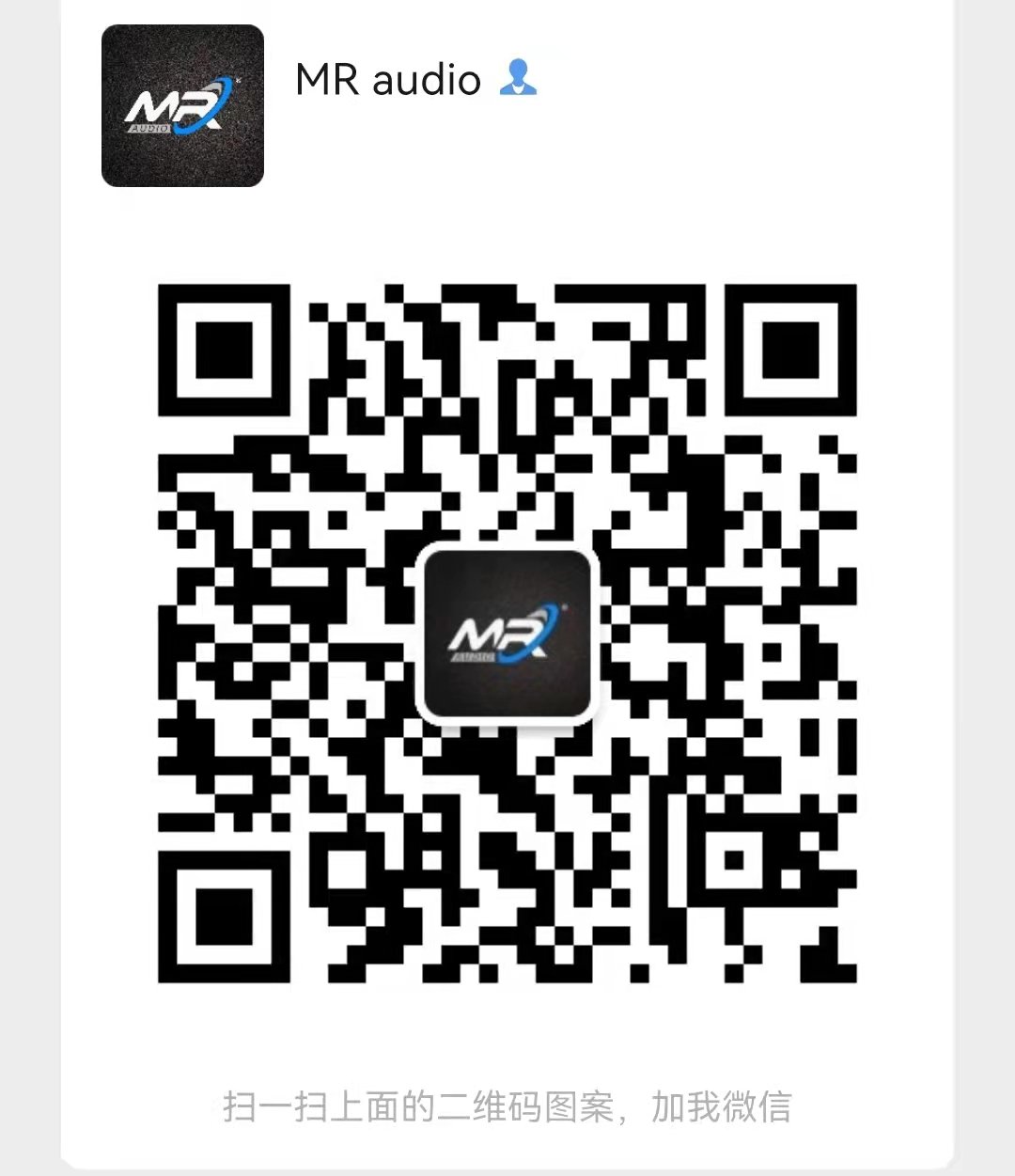What is car audio distortion? Why you should value it?
In car audio systems, distortion refers to the fact that the original music signal is altered when the amplifier or speakers are restored, resulting in a final output sound that deviates from the recording itself.
This deviation can manifest as:
• Low-frequency stuffiness and turbidity
• The midrange loses its layer
• High frequency harshness and frizz
Distortion may be considered “personality” in home Hi-Fi, but in the small and enclosed space of the car, it can be amplified, directly affecting the hearing and comfort of the occupants.
Can car audio distortion be heard?
When purchasing an amplifier or speaker, many car owners will notice the “THD+N (total harmonic distortion plus noise)” marked on the parameters, such as “200W @ 0.1% THD+N”.
Studies have shown that in a quiet anechoic chamber, the human ear can only perceive distortion above 0.1% and frequencies above 10kHz.
However, inside the car:
• Engine noise, road noise, wind noise can mask slight distortions.
• When the owner turns up the volume, the distortion is amplified and the harshness is more likely to be heard.
Therefore, it is not enough to judge by numbers, the listening test of the actual driving environment is the real standard.
Common types of distortion
Harmonic Distortion
- The amplifier or speaker will produce interference from various frequency multiples of the original frequency during playback.
- In the car, this may make the sound thicker, but excessive harmonic distortion can cause low-frequency muddy.

Inharmonic Distortion
- There will be noise unrelated to the original sound.
- In the car it is especially prone to in the form of hissing and frizz.

Clipping
- When the owner turns up the volume too loudly and the amplifier cannot push the speakers, the signal waveform is “truncated”, and clipping distortion occurs at this time.
- Typical features: harsh treble, loss of bass impact.
- This is the most common and dangerous distortion in car audio systems, and there is even a risk of burning the speakers.

The impact of car audio distortion
- Hearing fatigue: Distortion can easily tire the ears during driving.
- Loss of Dynamics: Excessive distortion weakens the dynamics of the music, leading to a stiff sound.
- Misleading loud volume: Many car owners think that the louder the volume, the cooler it is, but in fact, it is the distortion that makes the sound “falsely amplified”.
How can I reduce distortion in my car audio system?
-
Choose amplifiers and speakers with low THD+N
In car audio modifications, choosing high-quality amplifiers and speakers can significantly reduce distortion, especially when playing large dynamics, a good product can maintain the purity of the sound.
-
Avoid pushing to the limit of volume
Control the volume within the system bearing range to avoid clipping distortion.
-
Reasonable debugging EQ
Excessive bass or treble can aggravate distortion and should be aimed at balancing naturally.
-
Optimize the power supply system
Car audio distortion is sometimes due to insufficient supply voltage, and upgrading capacitors, power cables, or battery power supply stability can effectively improve distortion.
-
Practical listening test
Don’t just look at the data, play the music you are familiar with, and listen to it in the car is the most intuitive way.
FAQs
Q: Is car audio distortion the same as home audio distortion?
A: In theory, it is the same, but in practice it is different. The car has small space and a lot of noise, and the distortion is more easily amplified, and the auditory impact is more obvious.
Q: Is clipping distortion harmful to car speakers?
A: Very large harm. Prolonged clipping is not only harsh, but also overheats the sound system and burns out the speakers.
Q: Why is it easier to distort after car audio modification?
A: It may be that the amplifier power does not match the speakers, or the power supply is insufficient, resulting in distortion in the system overloaded operation.
Conclusion
In car audio systems, distortion is both an enemy and a tool. Moderate harmonic distortion can make the sound fuller, but excessive distortion will only ruin the sound quality and shorten the life of the device. For car lovers, understanding distortion and learning to control distortion is the key to enjoying a pure in-car music experience.
